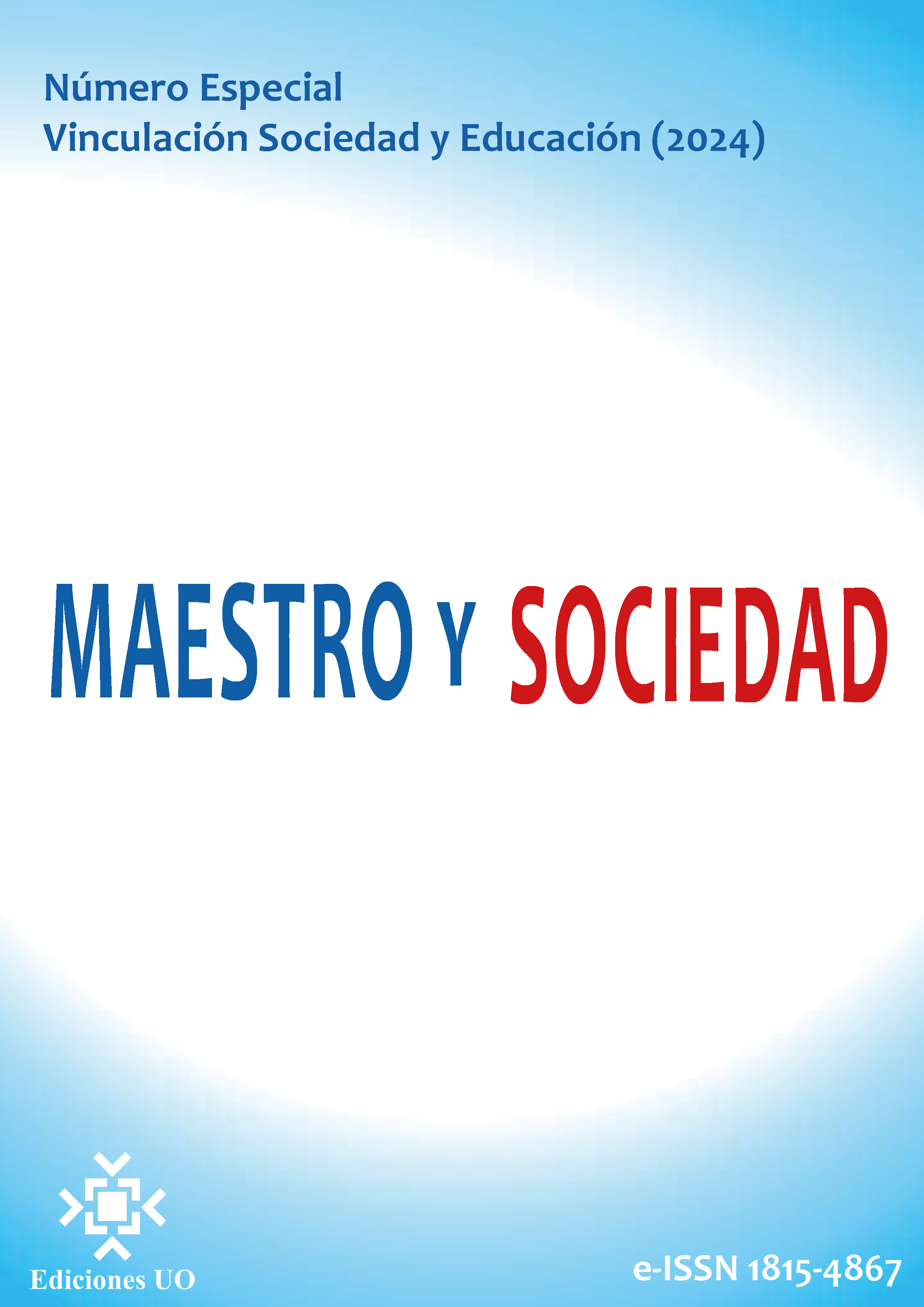Proposal for the design of a cultural tourism product. Case: Pile Commune, Montecristi
Keywords:
traditional weaving, cultural tourism, tourist productAbstract
Introduction: The object of this research proposal is the development of a cultural tourism product that contributes to the protection and safeguarding of the traditional weaving of the toquilla straw hat in the Pile commune of the Montecristi canton. Materials and methods: With the purpose of promoting the social and economic development of the commune, in line with tourism objectives at the national level. The research adopts a qualitative action approach. Product design is carried out in three phases. In the first phase, a diagnosis of the current situation of the commune is carried out, in the second phase the implementation of a cultural tourism product that promotes the appreciation of the traditional weaving of the toquilla straw hat is proposed, and as the last phase the execution is proposed. of promotional strategies that promote the positioning of the Pile commune as a cultural tourism destination. Results: As a result of this research, it is expected to promote tourism innovation processes in the territory. Discussion: Tourist activities will be focused on culture and community, it is planned to generate positive social impacts and find new opportunities for economic development in cultural tourism activities, which will allow generating additional income for local inhabitants through the sale of crafts, the provision of tourist services, the creation of local businesses and the generation of employment. Conclusions: It is expected that this research will serve as a clear, precise guide and reference point for tourism actors. This involves identifying and defining the activities that can be carried out around culture, providing information that allows planning and developing authentic and significant tourist experiences. In addition, it seeks to promote future tourism innovation processes in the territory, which implies identifying new ways of providing tourist experiences, through innovative elements that attract visitors and in turn generate interest in local culture.
References
Corrales, M. (2013). Introducción a la investigación-acción. https://repositorio.uned.ac.cr/reuned/bitstream/handle/120809/1156/1%20-%20Intro%20Investigaci%C3%B3n-acci%C3%B3n.pdf?sequence=1
Cruz-Jiménez, O., Montes-Ortiz, D. y Martínez-Rodríguez, M. (2022). Turismo post-COVID en México y el mundo. Tecnología en Marcha, 35, 205-213. https://doi.org/10.18845/tm.v35i5.6191
García Palacios, C. 2016. Turismo comunitario en Ecuador: ¿Quo vadis? Estudios y Perspectivas en Turismo, 25 (4): 597‐614.
Hernández, R., Fernández, C., & Baptista, P. (2014). Metodología de la Investigación (6a ed.). McGraw-Hill. https://www.uca.ac.cr/wp-content/uploads/2017/10/Investigacion.pdf
INEC (Instituto Nacional de Estadística y Censos). (2018). Proyección de la Población Ecuatoriana, por años calendario, según cantones 2010-2020. https://n9.cl/i1x8
Organización de las Naciones Unidas para la Educación, la Ciencia y la Cultura (UNESCO). (12 de mayo de 2017). Tejido Tradicional del sombrero ecuatoriano de paja toquilla. Unesco.org. https://n9.cl/qsef
Organización Mundial del Turismo (OMT). (2022). Definición de Turismo Cultural. UNWTO.
Saarinen, J., Moswete, N., & Monare, M. (2014). Cultural tourism: new opportunities for diversifying the tourism industry in Botswana. Bulletin of Geography. Socio-economic Series, 26(26), 7-18. https://sciendo.com/article/10.2478/bog-2014-0041
Secretaría Nacional de Planificación. (2021). Plan de Creación de Oportunidades 2021-2025. https://n9.cl/pmq6v
UNESCO. (12 de julio de 2022). Conocer, comprender y generar reflexión sobre el Patrimonio Cultural Inmaterial: Avances del proyecto "Tejiendo Desarrollo Sostenible en Pile, Manabí". Unesco.org. Recuperado el 3 de mayo de 2023 de https://n9.cl/zmxbv
UNESCO. (19 de agosto de 2022). El equipo de la UNESCO en Pile actualiza el censo de tejedores de sombrero de paja toquilla. Unesco.org. Recuperado el 10 de mayo de 2023 de https://n9.cl/n32sg
Villamar González, J., Zambrano Figueroa, L. y Pinargote Vélez, H. (2021). Información turística de la comunidad Pile, Montecristi Manabí. UNESUM-Ciencias, 5(3), 247-272. https://n9.cl/2f7al
Published
How to Cite
Issue
Section
License
Copyright (c) 2024 Flor María Mera Cárdenas, Blanca Enith Mendoza Mendoza, Columba Consuelo Bravo Macías, Consuelo Maribel Mejia Ramos

This work is licensed under a Creative Commons Attribution-NonCommercial-NoDerivatives 4.0 International License.
This journal provides immediate open access to its content, based on the principle that offering the public free access to research helps a greater global exchange of knowledge. Each author is responsible for the content of each of their articles.



























 Universidad de Oriente
Universidad de Oriente 